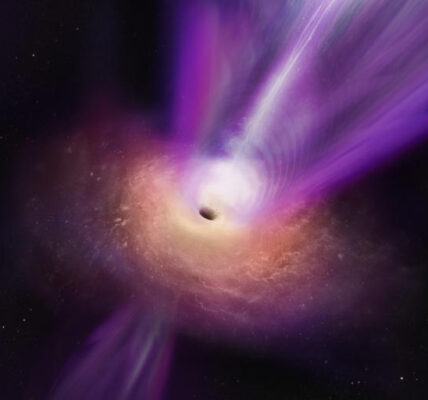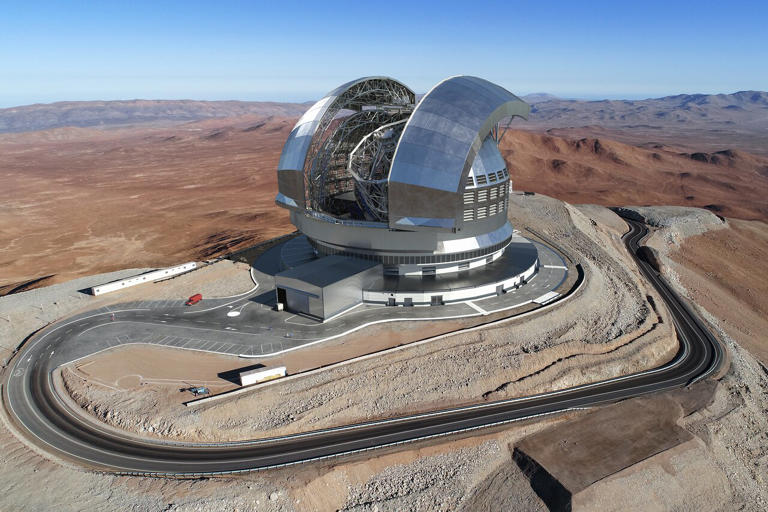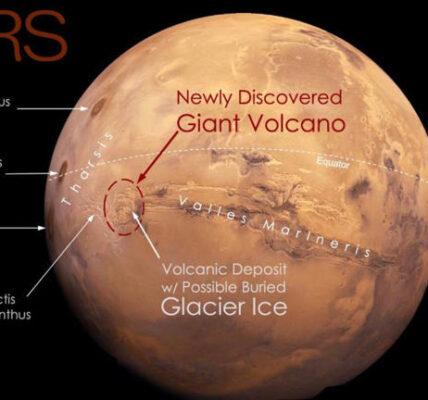Majorana Particles and Dark Matter
Majorana particles and dark matter might hold the key to solving cosmic mysteries, including why the universe has more matter than antimatter. Discover the science behind these elusive particles and their role in the cosmos.
The universe is full of mysteries, but two of the biggest questions in modern science are: why is there more matter than antimatter, and what is dark matter? The answers might lie in Majorana particles and dark matter, according to a recent study. These ghost-like particles could explain why the universe exists as it does today and solve some of the greatest puzzles of cosmology.

© NASA/JPL-Caltech
What Are Majorana Particles?
Majorana particles, named after the physicist Ettore Majorana, are unique because they are theorized to be their own antiparticles. This means that unlike most particles, which have separate counterparts (like the electron and the positron), Majorana particles would annihilate themselves when they meet. This peculiar trait has made them a focus of intense study in physics.
The concept of Majorana particles is not just theoretical. They could play a vital role in the formation of the universe and even explain the elusive nature of dark matter. If proven, these particles could rewrite the fundamental understanding of particle physics.
The Matter-Antimatter Imbalance
One of the biggest mysteries in cosmology is why the universe has more matter than antimatter. Scientists call this problem baryogenesis. According to our current understanding, the Big Bang should have created equal amounts of matter and antimatter, which would have annihilated each other completely, leaving behind a universe filled only with energy. Yet, the universe today is full of matter, with very little antimatter to be found.
So, what tipped the balance? The recent study suggests that Majorana particles and dark matter might hold the answer. If Majorana particles existed in the early universe, their unique properties could have caused a slight imbalance in particle reactions. This tiny asymmetry might have led to more matter being created than antimatter, allowing the universe as we know it to exist.
A Ghostly Connection to Dark Matter
Dark matter is another cosmic enigma. It makes up about 27% of the universe, yet we cannot see or directly detect it because it does not interact with light. Scientists know it exists because of its gravitational effects on galaxies and other celestial objects. But what is dark matter made of?
The study posits that Majorana particles and dark matter might be closely linked. A hidden family of ghostly particles, similar to Majorana particles, could form the building blocks of dark matter. These particles would be electrically neutral and interact only weakly with other matter, fitting the profile of dark matter candidates.
How Scientists Are Searching for Majorana Particles
Proving the existence of Majorana particles is a challenging task. One promising avenue of research involves studying neutrinos, another type of particle that is incredibly difficult to detect. Scientists believe that neutrinos might themselves be Majorana particles.
A key experiment in this search is neutrinoless double-beta decay. Normally, when an atom undergoes double-beta decay, it emits two neutrinos. Detecting such an event would provide strong evidence for the existence of Majorana particles.
Another approach involves high-energy particle collisions in experiments like those conducted at the Large Hadron Collider (LHC). These experiments could potentially create and detect Majorana particles, offering more clues about their properties.
Implications for the Universe
If scientists confirm the existence of Majorana particles and dark matter, it would revolutionize our understanding of the cosmos. These particles could provide a unified explanation for two of the most perplexing phenomena in physics: the matter-antimatter imbalance and the nature of dark matter.
Such a discovery would also open the door to new theories about the origins and evolution of the universe. It could help explain why galaxies form the way they do and why the universe’s structure looks as it does today.
Challenges and the Road Ahead
Despite the excitement, proving the existence of Majorana particles and their connection to dark matter is no small feat. The experiments required are incredibly sensitive and complex. Detecting a particle that barely interacts with anything is like searching for a needle in a cosmic haystack.
However, advancements in technology and experimental techniques give scientists hope. With each new experiment, researchers inch closer to uncovering the truth about Majorana particles and dark matter. If these particles are found, it could mark one of the greatest scientific breakthroughs of the century.
A Cosmic Revolution on the Horizon
The idea that Majorana particles and dark matter could solve the universe’s biggest mysteries is both exciting and humbling. These ghost-like particles, if real, might hold the answers to why the universe exists in its current form and what makes up its invisible backbone.
As scientists continue their search, the discovery of Majorana particles would not only validate decades of theoretical work but also open up new frontiers in our understanding of the cosmos. The universe still holds many secrets, but with each study, we come closer to uncovering its ultimate truths.
Related:NASA Swim-Bots Europa Exploration: 5 Exciting Breakthroughs



